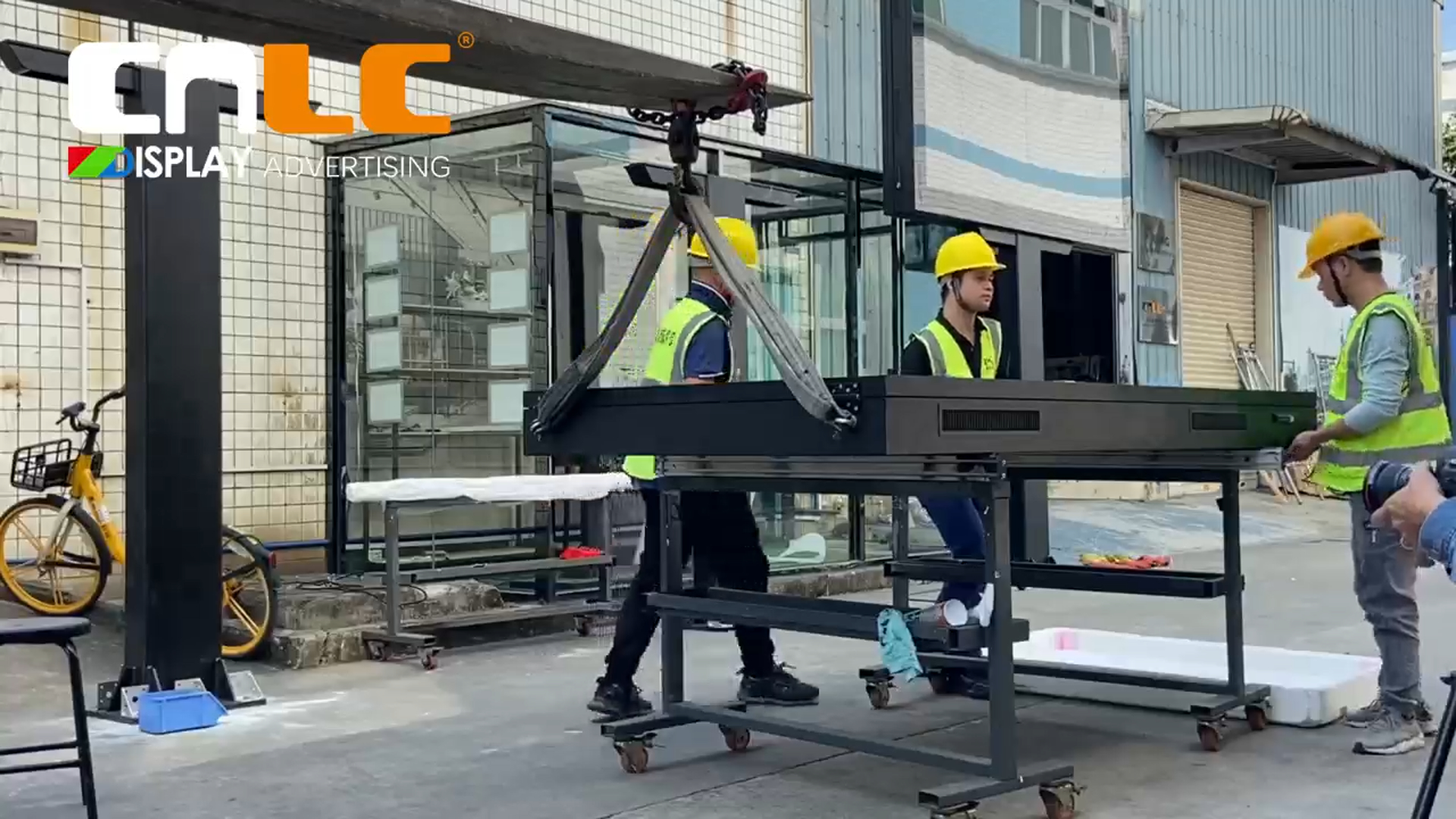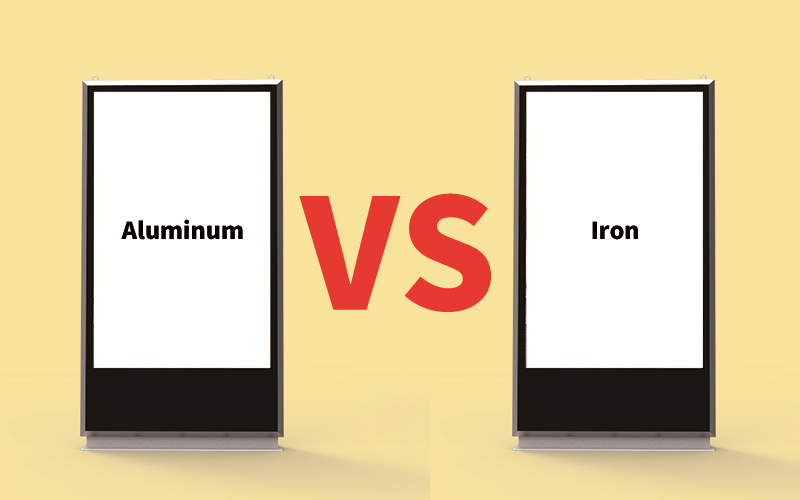¿qué estás buscando??
 Guía de instalación de video de pantalla publicitaria LED para exteriores, opiniones de expertos del CNLC
Guía de instalación de video de pantalla publicitaria LED para exteriores, opiniones de expertos del CNLC
 ¿Por qué el aluminio es la primera opción como material de señalización digital para exteriores?
¿Por qué el aluminio es la primera opción como material de señalización digital para exteriores?

 Teléfono : +86 18688410533
Teléfono : +86 18688410533 Correo electrónico : info@cnlcdisplay.com
Correo electrónico : info@cnlcdisplay.com MANTENTE CONECTADO Recibe nuestras noticias, ofertas y más...
MANTENTE CONECTADO Recibe nuestras noticias, ofertas y más...





